Why is a wavelength range of 300nm-1100nm usually used to investigate the properties of solar cells (EQE, current generated, etc.)? Is it to reduce spectral impact? I also don't understand what is meant by spectral impact...
2 Answers
Silicon's band gap is about 1.1 eV, corresponding (by chance) to about 1.1 um wavelength. Therefore a silicon solar cell will have practically no response to longer wavelengths than 1.1 um, and it would be senseless to measure its response in that band.
The solar radiation reaching the earth drops dramatically below about 300 nm:
(source)
So measuring the solar cells response below 300 nm would not reflect its ability to extract power from sunlight.
- 126,425
- 3
- 159
- 304
-
BTW there's a short-wave limit to silicon response, too. – Carl Witthoft Mar 07 '18 at 18:50
-
@CarlWitthoft, AFAIK, the short-wave limit for practical devices depends more on details of the device geometry and not on inherent material characteristics. But I've never had to study this in detail. – The Photon Mar 07 '18 at 19:05
-
1@ThePhoton - "not on inherent material characteristics" Well, not the silicon so much. But windows are another matter. And solar cells are just not cased in quartz, before you bring it up. Quartz is too expensive. – WhatRoughBeast Mar 08 '18 at 00:57
It is the optical wavelength that silicon is sensitive to that happens to roughly match the energy of solar output spectrum with about 14 to 45% efficiency. Special processing of the Silicon can expand the useful energy of infrared heat but at a cost in making the product as well as heat absorption and aging of the component if it results in a higher surface temperature. Then more metal substrate must be added to remove unusable longer infrared heat which adds more cost. (impact) Many variables of cost impact and efficiency of using more spectrum limited to the bandgap of Silicon.
 Wiki
Wiki
Note the rise of potentially inexpensive Quantum Dot PV's at U of T but only 14% is trending higher.
- 1
- 3
- 54
- 182
